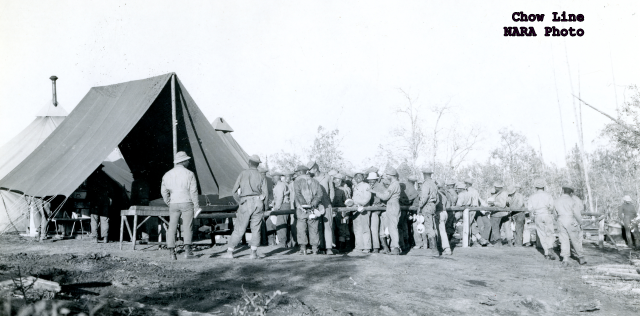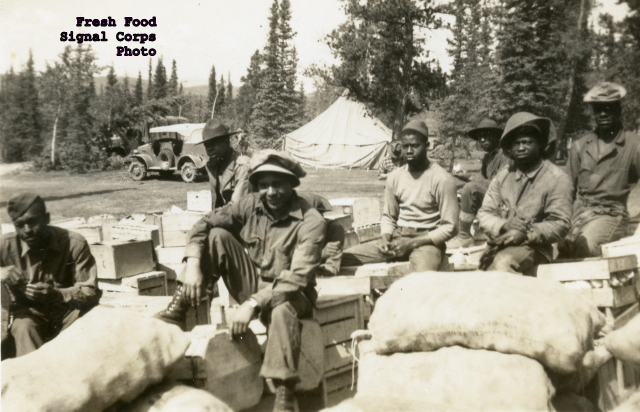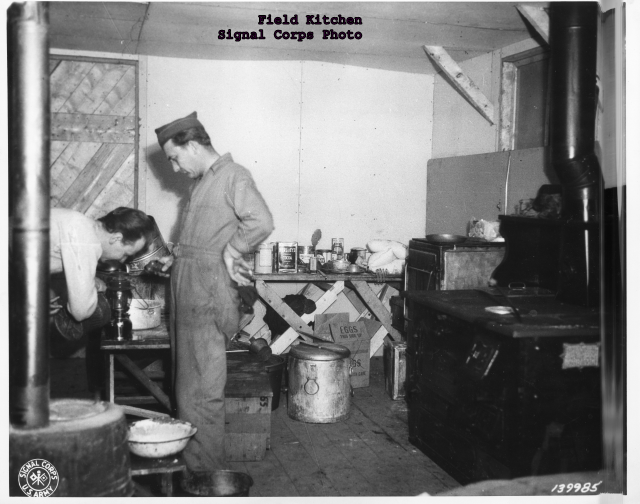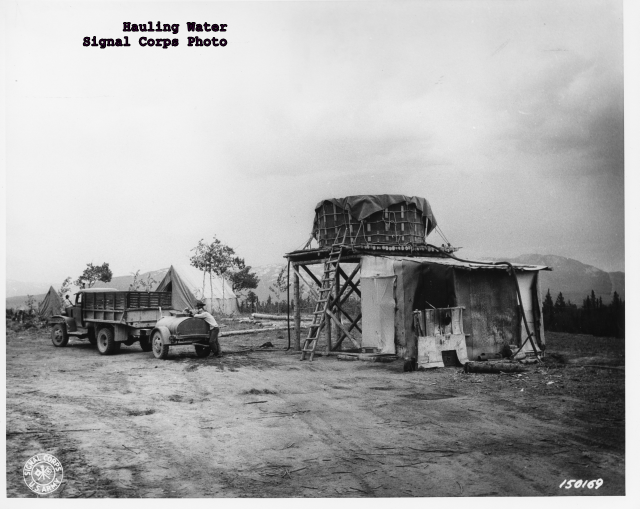
“A Bucket of Olive Drab,’ the Caterpillar Company called the D8 Bulldozer they shipped to the Army. They also called it the “indispensable, all-purpose weapon of the Engineers”. The big crawlers made the Alaska Highway Project possible in 1942.
The Big Machines Could be Delicate Too
The D8 weighed in at twenty- three tons. Its six-cylinder, air cooled, diesel engine moved it over the ground at 5.8 miles per hour. Its starter, itself a 24-horsepower gas engine, only operated in warm temperatures, so, during winter, the machines ran 24/7. They would have had to anyway, to prevent oil from congealing in the crankcase.

Each regiment had twenty D8’s and an assembly of smaller tractors-D4’s, D6’s and D7’s. The D8’s worked twenty to twenty-two hours a day, seven days a week. Theoretically they stopped for two hours each day for maintenance—minor repairs and lubrication. Catskinners regularly diverted from the path to rescue other dozers—and trucks and jeeps—mired in mud. They also diverted to drag carry-all scrapers and non-motorized graders through the woods.

The dozers forded small streams, ferried over rivers. On the ground between the waters, they gouged a continuous sixty to ninety-foot-wide right of way through the woods. Occasionally the Catskinners stopped to help the company built a bridge or culvert, but mostly they plunged ahead. And these ten-foot-tall monsters, pushing a twenty-one-foot blade, pulling a fifteen foot body, lumbering, often in tandem, through the woods, came to epitomize the Alcan project.
As proud catskinners worked the levers, D8 engines roared, spewing black smoke, and giant tracks ground through dirt and mud, alternately spinning and catching. Out front, giant blades pushed down trees; gouged out dirt and stumps. Men swarmed around them, cutting and milling trees for bridges and culverts; burning the ‘slash’ or stockpiling it for corduroy. From his platform the catskinner couldn’t see over the engine and the giant blade to the ground immediately in front. Stories of commanders’ jeeps squashed and buried by marauding D8’s fill the annals of the Road.






























